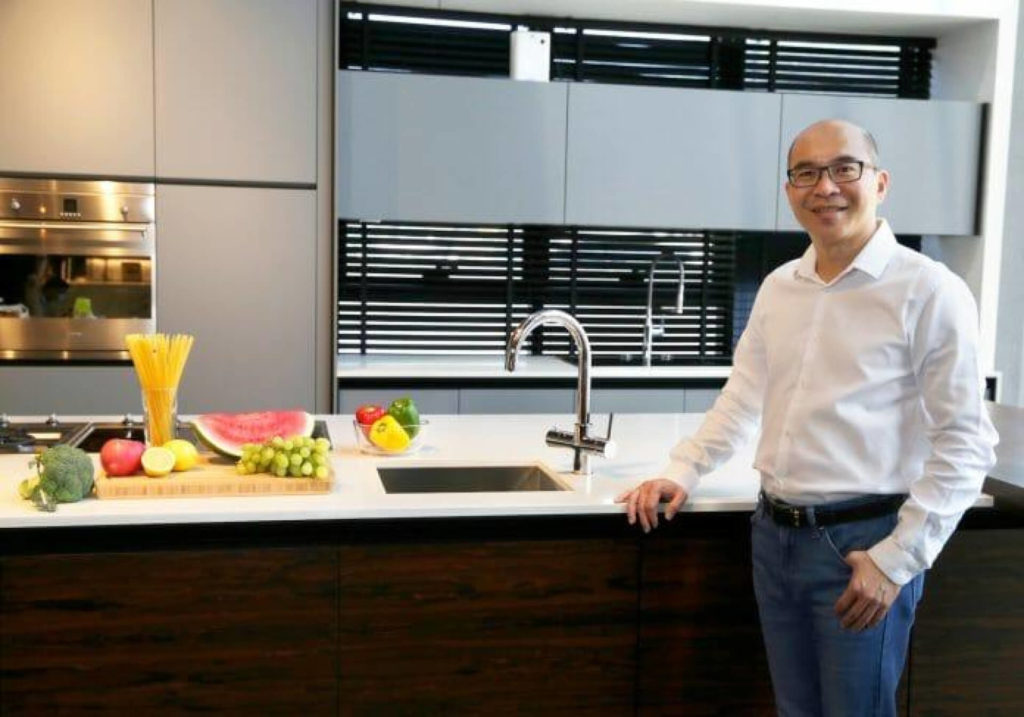INTRIX Addresses The Misconceptions Of Multi-Usage Taps

Making coffee in the morning is so much more easier now with this instant purified boiling water tap - 2Cents

In the post-pandemic era, there has been a noticeable rise in the demand for water purifiers. Unlike other home appliances that experienced a surge in demand during the lockdown but are now facing a significant drop as people have already made their purchases, water purifiers have a unique situation.
According to INTRIX Group Managing Director Tee Tone Vei, the installation of water purifiers requires on-site setup, which means that the demand did not experience a sudden surge during the lockdown period. Consequently, the demand for water purifiers is now higher, resulting from the delayed installation or individuals moving into new homes.
“INTRIX Group is committed to meeting the increased demand for water purifiers in the post-pandemic scenario. By focusing on production scaling, efficient distribution, enhanced customer support, and product innovation, we aim to ensure that individuals and households have access to safe and clean drinking water,” he said.
Tee said there are a few misconceptions surrounding multi-usage taps, such as the INTRIX One Tap, and it is important to address them:
Misconception one: Tap water is not clean to drink directly due to concerns about incoming water quality, many people have been taught from a young age to avoid consuming water directly from the tap. However, users can enjoy high-quality purified water easily with INTRIX One Tap as the filtration effectively removes 99.99% microbes up to 0.01 micron (μm).
Misconception two: It is not entirely safe Homeowners with children may be concerned that a multi-purpose tap would suffer malfunction, such as while washing dishes and the hot water sputters. INTRIX features a unique Push-To-Activate technology and it dispenses hot water of up to 98°C that minimises unwanted accidents and keeps young hands secure.
Misconception three: High frequency of maintenance People believe that because a multi-purpose tap has a number of features, it requires regular maintenance, such as once a month. INTRIX One Tap requires only one filter cartridge replacement per year and no further maintenance, whereas other water purifiers require seven filter cartridge changes per year and continual cleaning.
Regarding the adoption rate in Malaysia, as people become more aware of the benefits and convenience multi-taps offer, the adoption rate has been steadily increasing. Many users have embraced it as an integral part of their lifestyle, appreciating not only the convenience it provides but also the quality of water it delivers. In fact, the INTRIX One Tap has become one of the most frequently used appliances in kitchens across the country.
“In Southeast Asia, there are notable trends emerging in relation to products like concealed/hidden multi-usage taps. While these specific types of taps are not yet common in the region, there is a growing emphasis on modern kitchen designs that prioritize both functionality and aesthetics. The focus is on creating clean, sleek, and space-saving kitchen environments,” he said.
One significant trend is the integration of appliances into the kitchen design. Modern kitchens are moving away from standalone and bulky appliances. Instead, appliances are being built-in or integrated seamlessly into cabinets and countertops. This design approach ensures a clean and cohesive look in the kitchen.
Also, one appliance that still occupies a large amount of countertop space is the traditional water purifier. However, this trend is gradually changing. In Europe, the UK, and Australia, it is common to find households that drink water directly from the tap, often using multi-usage taps that offer additional functionalities. S.E.A, being a few years behind in terms of trends, is now starting to witness a similar shift towards drinking water directly from the tap and incorporating multi-usage taps into kitchen designs.
INTRIX adopts a unique approach to compete in the water purifier market by focusing on disruptive strategies that address undiscovered customer needs. INTRIX targets a specific segment of the market that values not only the functionality of water purifiers but also places importance on kitchen design, aesthetics, space-saving, safety, sustainability and overall quality of life. The company’s strategy revolves around delivering innovative and high-quality products that meet the unique requirements of this target market. “We invest in research and development to continually enhance the functionality, reliability, and design appeal of our products. By focusing on the upper end of the market, we differentiate ourselves from competitors and aim to capture the attention of customers who prioritise both functionality and aesthetics,” said Tee.